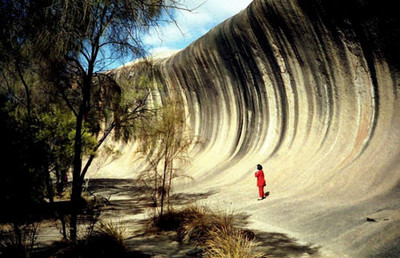Top 10 Gold Producing Countries of 2011
By Michelle Smith - Exclusive to Gold Investing News
Gold’s admirers are diverse, and so are the locations where it is mined. In 2011, over 1,800 tons of gold were produced in ten countries. These top producing nations, which span four continents, including both emerging and developed nations, are listed below.
China
Mine production: 355 tones
In addition to being a top gold consumer, China is also the leader of the world’s gold-producing nations, a title it took from South Africa in 2007. In 2011, China was the only country whose production exceeded 300 tones. Its mine output last year was ten tones more than in 2010, representing an almost 3 percent increase in production. China also ranks third in explored gold reserves.
Australia
Mine production: 270 tones
Australia’s production increased last year from the 261 tones reported for 2010. Most of the country’s yellow metal is extracted in the state of Western Australia, where the world-class Super Pit at Kalgoorlie is located. Once called the Golden Mile, and consisting of numerous mining operations, this landmark site was converted into Australia’s largest open-pit mine and is now owned by Newmont (NYSE:NEM,TSX:NMC) and Barrick Gold (NYSE:ABX,TSX:ABX).
United States
Mine production: 237 tones
Production of gold in the US rose from 231 tons in 2010. The vast majority of US gold are mined in the state of Nevada, home of the Carlin trend. Newmont has renowned operations in the region, including 14 open-pit mines and four underground mines that operate as an integrated unit employing various processing methods.
Russia
Mine production: 200 tones
Russia’s gold production increased 8 tons last year from the 192 tons mined in 2010. Though Russia is fourth among producers, the nation ranks second in explored reserves. The nation’s most prolific gold regions are Siberia and the Far East. Polyus Gold International (LSE: POLG), which claimed the title of top gold producer in Russia for 2011, operates mines in both areas.
South Africa
Mine production: 190 tones
Centered on the list is Africa’s largest gold-producing nation. Though South Africa is no longer the king of the producing nations, it continues to possess the most gold resources as well as the world’s largest deposits in Witswatersrand. From 2010 to 2011 gold production was virtually flat, with only a 1 ton increase reported, a 0.5 percent change.
Peru
Mine production: 150 tones
Peru is one of only two of the top ten gold-producing nations to experience declines in mined output in 2011. Production fell from 164 tons in 2010. Still, Peru is home to Minera Yanacocha, which is the largest gold producer in Latin America and has three active open pits.
Canada
Mine production: 110 tones
Like its southern neighbor, Canada saw its gold production increase last year, mining 110 tons compared to 91 tons in 2010. The majority of the nation’s gold comes from Ontario, which is the home of Goldcorp‘s (NYSE:GG,TSX:G) Red Lake gold mine. About half of the country’s annual gold production comes from Red Lake.
Ghana
Mine production: 100 tones
Ghana’s gold production rose from the 82 tones reported for 2010. Once known as the Gold Coast, this West African nation is the second-largest gold producer on the continent. The countries largest mine, Tarkwa, is operated by Gold Fields (NYSE:GFI).
Indonesia
Mine production: 100 tones
Indonesia is an archipelago of 17,508 islands in Southeast Asia. Despite the nation’s diverse geography, its gold resources are concentrated in a handful of mineral districts. One of the most notable is Grasberg, which hosts the world’s largest gold mine, also named Grasberg. Though it ranks equally with Ghana for production in 2011, that level of output is a decrease for Indonesia, which produced 120 tons in 2010.
Uzbekistan
Mine production: 90 tones
The world’s tenth-largest gold producer is Uzbekistan, a landlocked nation carved out of the former Soviet Union. The gold mining industry is dominated by state-owned Navoi Mining and Metallurgical Combinat, which is responsible for 80 percent of Uzbekistan’s gold production. Navoi Mining’s key asset is Muruntau, the world’s largest open-pit mine; its reserves are expected to last until about 2032.



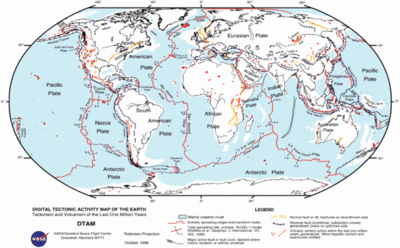
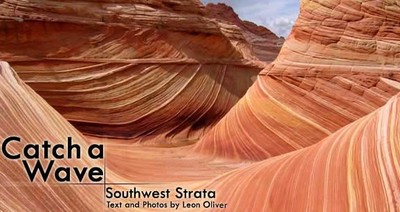

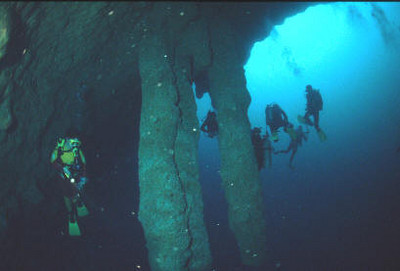

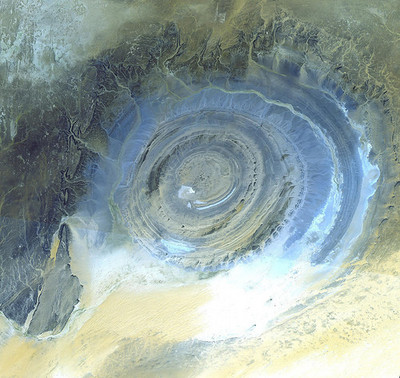


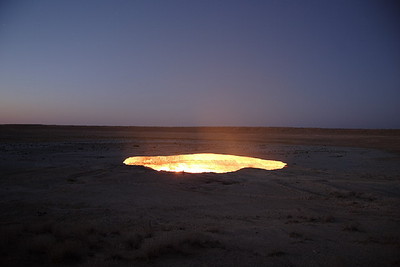 اطلق عليه السكان المحليين باب جهنم ، وهذا المكان في أوزبكستان ويقع بالقرب من بلدة دارفاز.
اطلق عليه السكان المحليين باب جهنم ، وهذا المكان في أوزبكستان ويقع بالقرب من بلدة دارفاز.